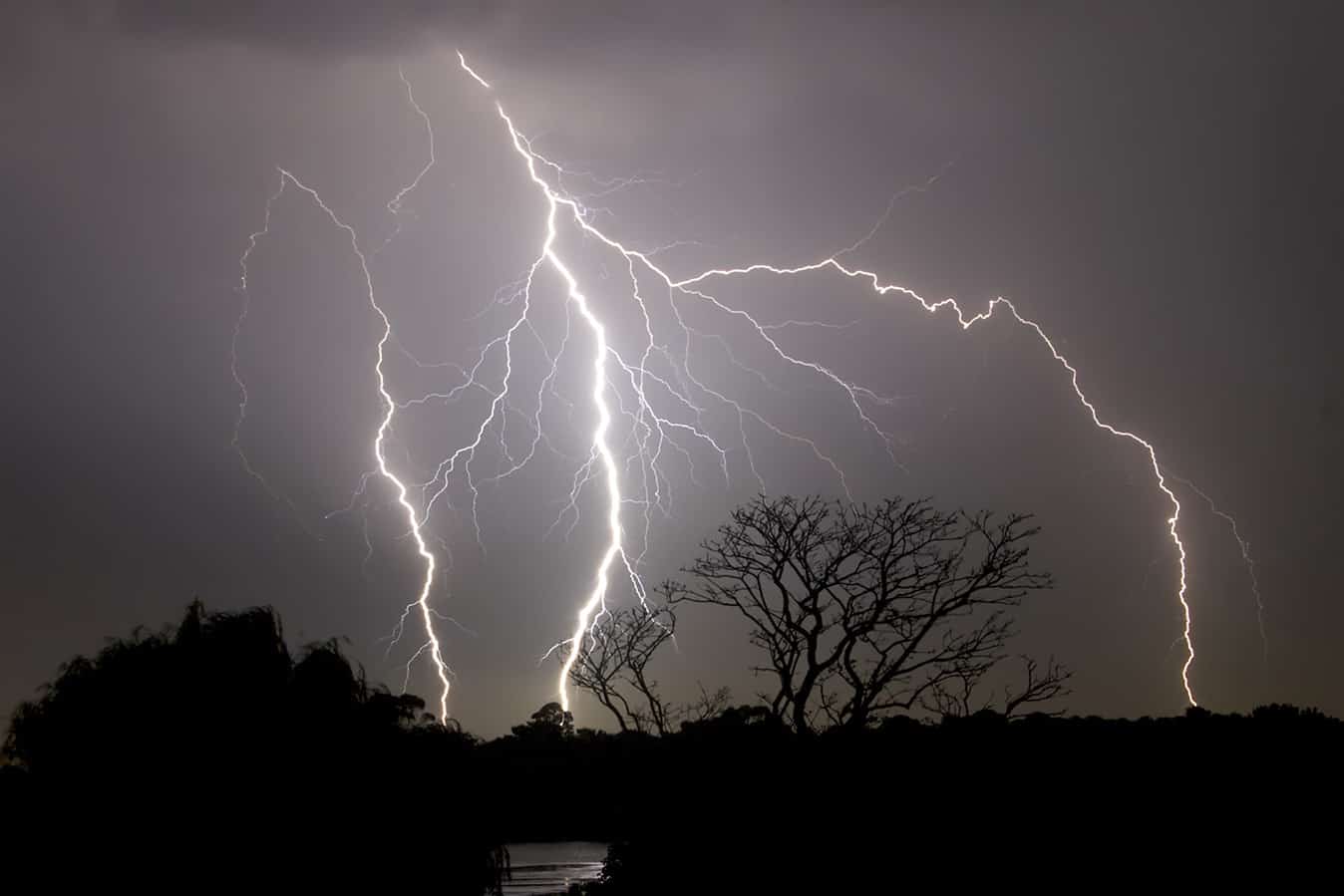Climate change is not a ‘future’ problem – it is impacting the health and wellbeing of the community now.
With increasing frequency, droughts, floods, fire, and air pollution, resulting in respiratory disease, vector-borne disease, death, physical injuries, and mental health deterioration, are having a detrimental impact on health.1
Although a global issue, climate change effects are felt uniquely at a local level, requiring diverse responses within each context of clinical practice.2 Furthermore, a paradox exists whereby the healthcare industry looks after those most vulnerable to climate change impacts while contributing 7% of Australia’s overall carbon emissions.3
When preparing nursing and midwifery students to transition to practice, educators must equip these students with knowledge of climate change impacts on health and environmentally sustainable healthcare services and the skill to actively participate in addressing this threat.
As nurses and midwives are at the forefront of providing care to those affected by climate-related extreme weather events, they must be able to identify and mitigate ever-fluid climate-related risks.4
Natural disasters can impact healthcare infrastructure by damaging facilities, cutting access to supplies, equipment, and medications, and requiring mass patient evacuations.5
Thus, nursing and midwifery students transitioning to the workforce must be equipped with the skill and knowledge to help build climate-resilient and environmentally sustainable healthcare services adaptable to planning and responding to complex impacts of natural disasters on healthcare systems and communities.
Health services also produce large amounts of clinical and non-clinical waste exacerbated by the COVID-19 pandemic, a significant contributor to healthcare’s carbon emissions, driven largely by single-use supplies to maintain infection control.6 Nursing and midwifery students must be aware of and advocate for sourcing sustainable options for clinical supplies, responsible use and waste reduction, and sustainable energy and water usage.7 Educating the emerging workforce to be environmentally responsible by considering what they ‘need’ to perform a task, only using required supplies and considering alternative resource usage is essential in environmentally sustainable practice.8
Professional standards of practice for nurses and midwives mandate our responsibility to provide patient education.9
In the context of climate change, this includes managing chronic health conditions, having an adequate supply of medications, means of resupply, or backup options to store medicines requiring refrigeration during power outages. Awareness of this role starts with educating and empowering nursing and midwifery students with knowledge and skills to communicate the impacts of climate change on health and help prime community members to be resilient and prepared for a climate change-driven environment.
As Australia further experiences extreme weather events, student nurses and midwives transitioning to practice will be left to respond to the climate crisis. Educators have a duty of care to prepare these students to respond well. Students themselves are supportive of climate change science integration within the nursing curriculum.10 Now, it is up to nursing educators to step up and deliver as a matter of urgency.
References
1 United Nations. 2022. Climate action fast facts. Retrieved 3 Oct 2022 at https://www.un.org/en/climatechange/science/key-findings
2 Butterfield P, Leffers J, & Díaz Vasquez M. 2021. Nursing’s pivotal role in global climate action. BMJ: British Medical Journal, 373. https://doi:10.1136/bmj.n1049
3 Malik A, Lenzen M, McAlister S, & McGain F. 2018. The carbon footprint of Australian health care. The Lancet Planetary Health, 2(1), e27-e35
4 Australian College of Nursing. 2021a. Position Statement – Ethical leadership in emissions reduction. https://www.acn.edu.au/wp-content/uploads/position-statement-ethical-leadership-in-emissions-reduction.pdf (Accessed 11 November 2021)
5 Attorney-General’s Department. 2020. Royal Commission into national natural disaster arrangements report October 2020. Chapter 15. https://naturaldisaster.royalcommission.gov.au/publications/html-report/chapter-15
6 Rivas ML, Albion I, Bernal B, Handcock RN, Heatwole SJ, Parrott ML, Piazza KA, & Deschaseaux E. 2022. The plastic pandemic: COVID-19 has accelerated plastic pollution, but there is a cure. Science of The Total Environment, 847, 157555. http://dx.doi.org/10.1016/j.scitotenv.2022.157555
7 Kallio H, & Kangasniemi M. 2020. Environmental responsibility in nursing in hospitals: A modified Delphi study of nurses’ views. Journal of Clinical Nursing, (29),4045–4056. https://doi:10.1111/jocn.15429
8 Ward A, Heart D, Richards C, Bayliss L, Holmes M, Keogh S, Best O. Reimagining the role of nursing education in emissions reduction. Teaching and Learning in Nursing [Internet]. 2022: Available from: https://doi.org/10.1016/j.teln.2022.02.003
9 Nursing and Midwifery Board of Australia. 2017. Registered nurse standards for practice. https://www.nursingmidwiferyboard.gov.au/Codes-Guidelines-Statements/Professional-standards/registered-nurse-standards-for-practice.aspx
10 Álvarez-Nieto C, Richardson J, Navarro-Perán MÁ, Tutticci N, Huss N, Elf M, Anåker A, Aronsson J, Baid H, & López-Medina IM. 2022. Nursing students’ attitudes towards climate change and sustainability: A cross-sectional multisite study. Nurse Education Today, 108, 105185-105185. https://doi.org/10.1016/j.nedt.2021.105185
Authors:
Dr Aletha Ward PhD, MBA, BNurs, RN, GAICD MACN, is a Lecturer at the University of Southern Queensland, Ipswich Qld Australia
Gavin Carson is a Student Nurse at the University of Southern Queensland, Ipswich Qld Australia
Associate Professor Zerina Lokmic-Tomkins PhD, MNSc, BAppSci, BAppSc, GradCert, RN, MACN, is Affiliate Research Fellow at Monash University, Clayton, Victoria Australia








